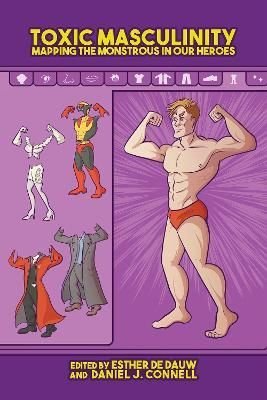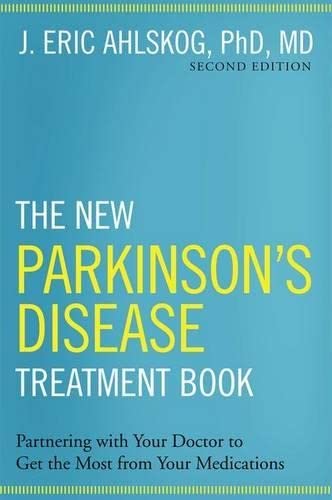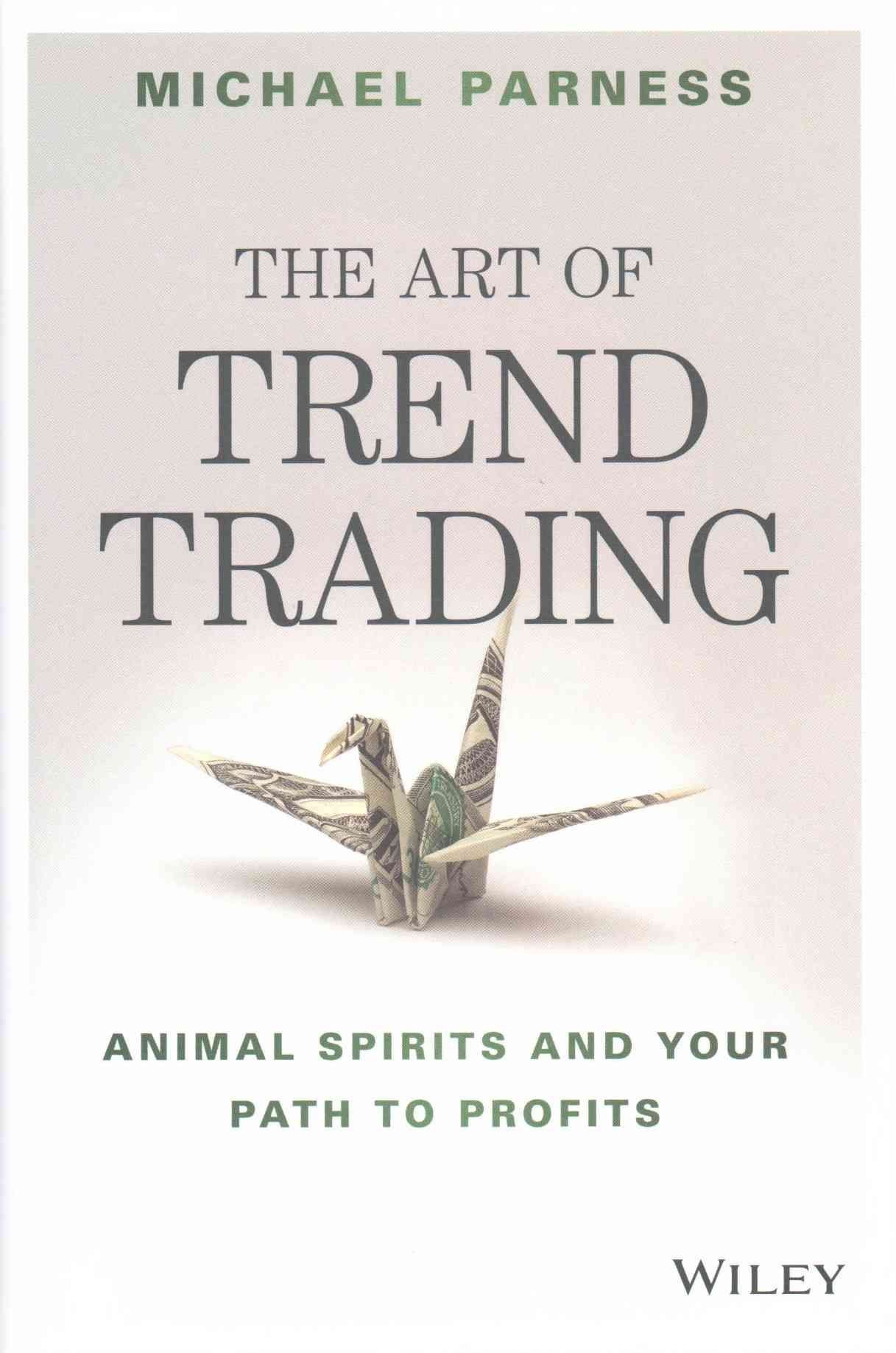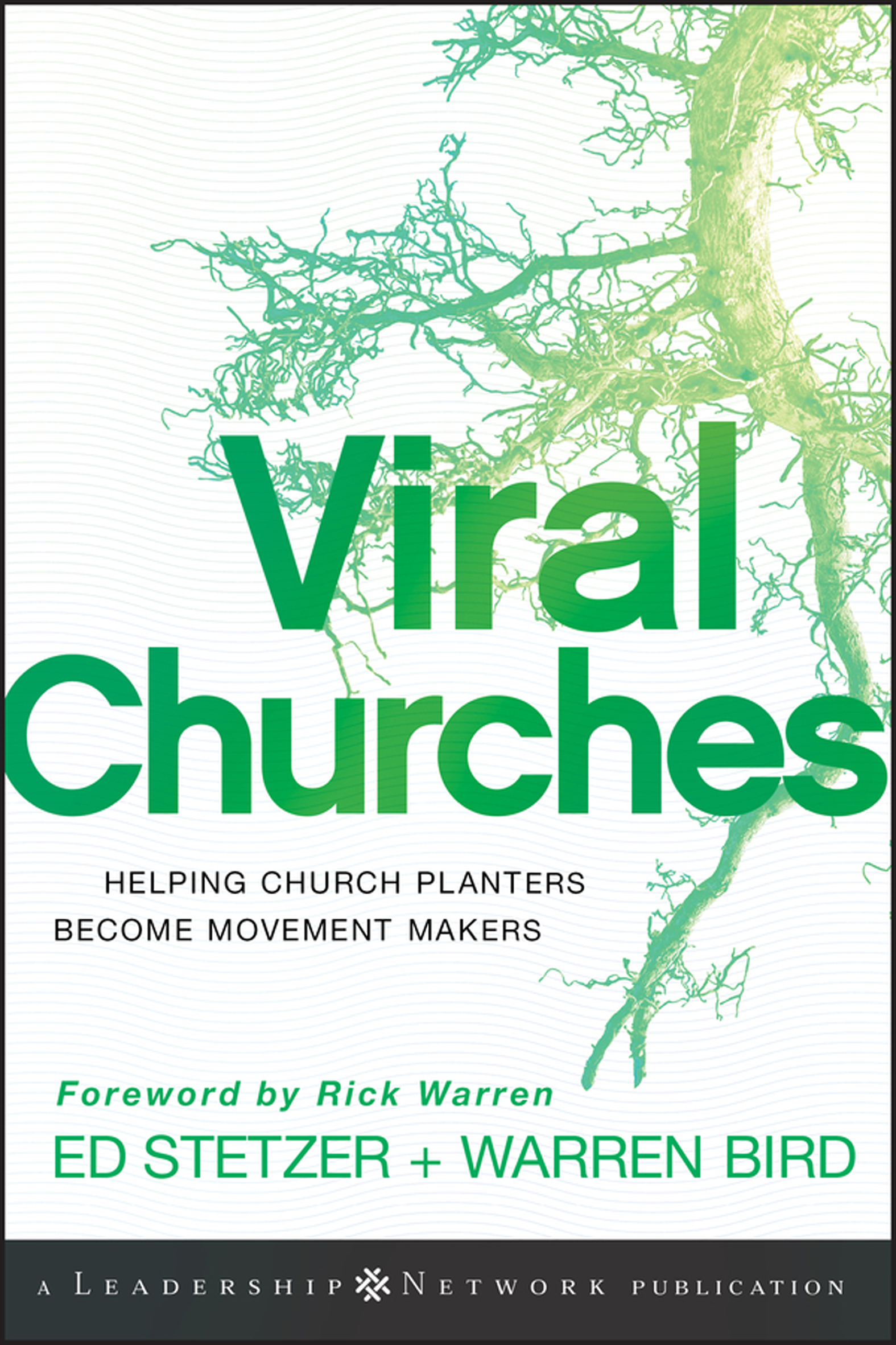The superhero permeates popular culture from comic books to film and television to internet memes, merchandise, and street art. As of 2018, Marvel Studios and DC Films have produced over twenty male-centric films, but only two female-centric films. Despite growing popular interest in and scholarly attention to female superheroes, most superheroes in the current cultural landscape are men. Toxic Masculinity: Mapping the Monstrous in Our Heroes asks what kind of men these heroes are and if they are worthyof the unbalanced amount of attention. Contributors to the volume investigate how the (super)hero in popular culture conveys messages about heroism and masculinity, considering the social implications of this narrative within a cultural (re)production ofdominant, hegemonic values and the possibility of subaltern ideas, norms, and values to be imagined within that (re)production. Divided into three sections, the volume takes an interdisciplinary approach, positioning the impact of hypermasculinity on toxic masculinity and the vilification of other" identities through such mediums as film, TV, and print comic book literature. The first part, “Understanding Super Men,” analyzes hegemonic masculinity and the spectrum of hypermasculinity through comics, television, and film, while the second part, “The Monstrous Other,” focuses on queer identity and femininity in these same mediums. The final section, “Strategies of Resistance,” offers criticism and solutions to the existing lack of diversity through targeted studies on the performance of gender. Ultimately, the volume identifies the ways in which superhero narratives have promulgated and glorified toxic masculinity and offers alternative strategies to consider how characters can resist the hegemonic model and productively demonstrate new masculinities"–












